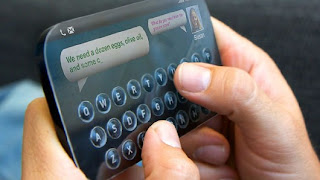Scottish company NCTech has created an all in one 50 megapixel camera that's designed to make 360 panoramic photography quick and easy to achieve. A flexible system in terms of use, the iSTAR combines ingenuity with an ability to generate high quality and information rich results.
The elongated field of view obtained from panoramas can be put to use for multiple applications. This is seen in sectors like mining where 360 panoramas are used for open pit mine or tunnel analysis, as well as in the film industry for the production of special effects.
NCTech commercial director, Alex Eachus, emphasizes that the iSTAR is "the first 360 degree camera with the power to process its images internally, with no need for a computer to complete post-production processing or stitching."
Since 2006, products like Gigapan and Microsoft’s Image Composite Editorhave popularized the 360 panorama - making the process easier and the type of images used more accessible to casual and general audiences.
The NCTech iSTAR, however, takes this 360 degree revolution one step further. It provides a system capable of obtaining accurate GPS information and High Dynamic Range imaging for spatially oriented, exposure perfect photography - all in the touch of a button. It also boasts a host of additional functionalities like full color touch screen, Wi-Fi connectivity and USB/SD card output.
A provisional starting price around £5000 (US$7,900) has been given ahead of an expected release in Q3 2012.
Two models are on offer - FUSION and PULSAR - with the latter packing additional capabilities such as speed and time saving features, an enhanced user interface and direct output to HDMI.
NCTech iSTAR key features- Fully automatic, no setup and no PC required
- Monitors and records a location remotely in full 360 degree coverage
- Rugged, waterproof and highly portable 10cm3
- Open file format output
- Integrated Wi-Fi, GPS, compass and tilt sensor
- Live spherical video preview
- Easy to carry and deploy in various environments and conditions
- Integrates with existing software applications and systems
- Captures remote GPS and digital compass tagged images
Source: NCTech






















